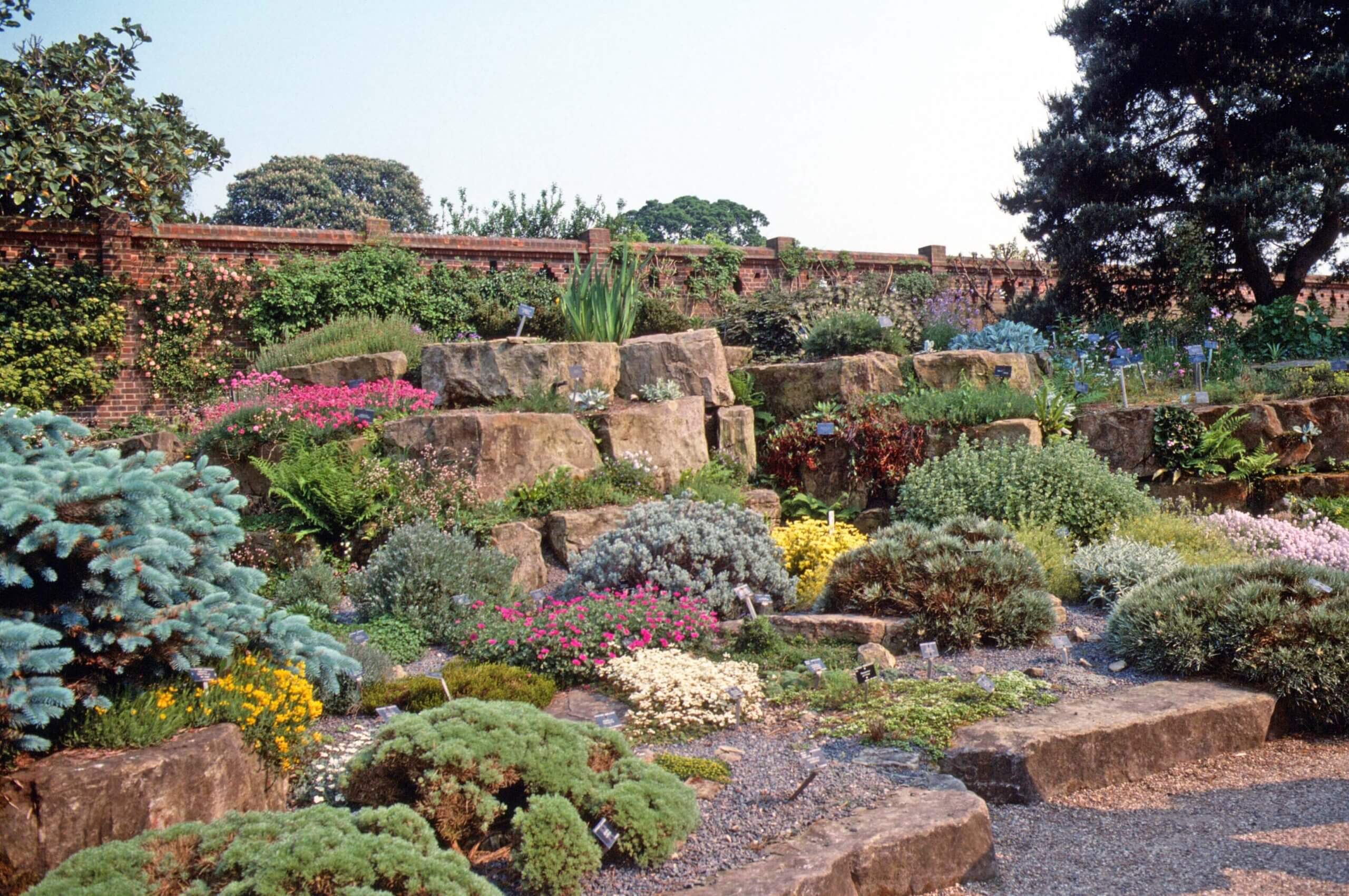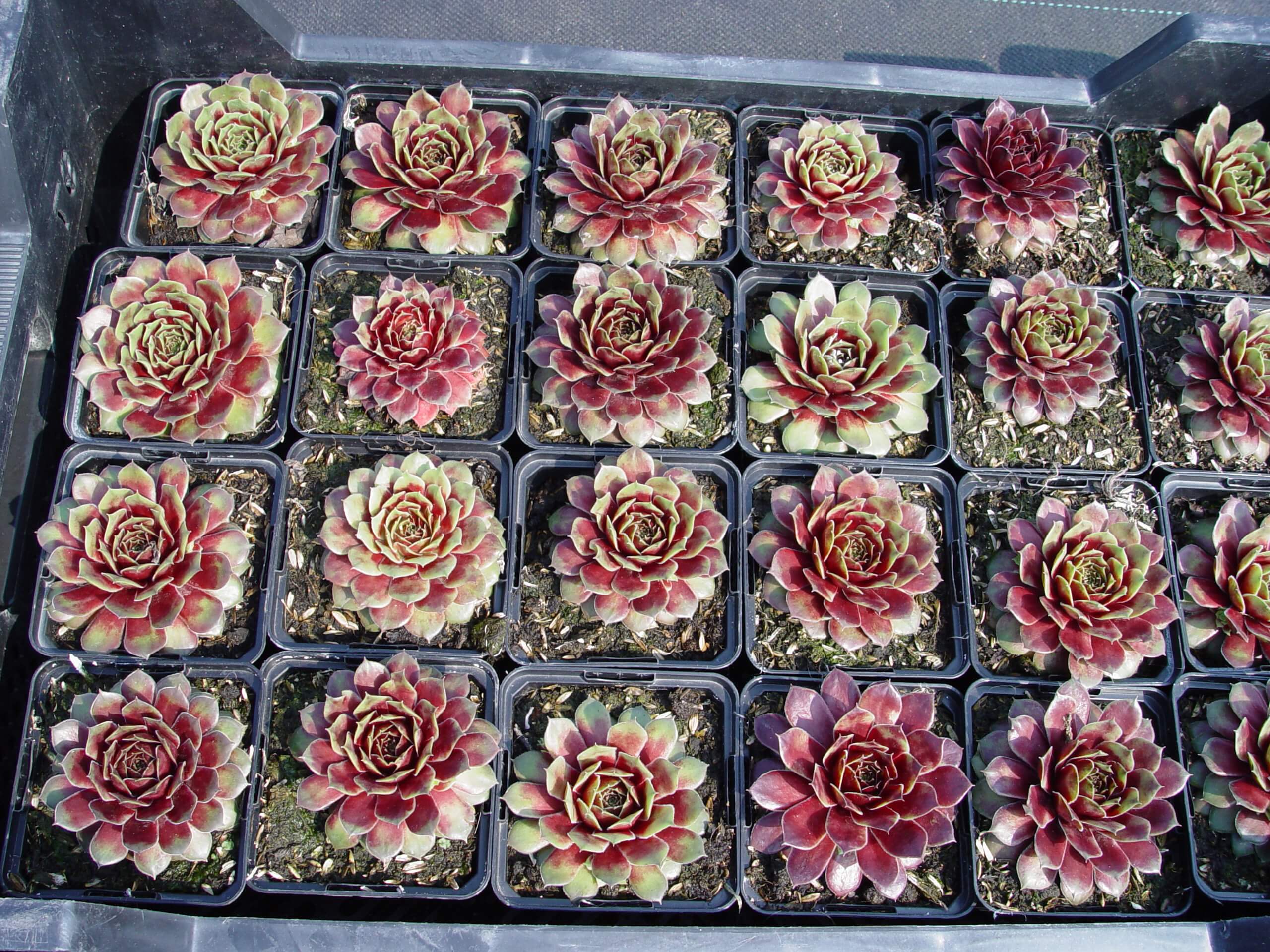
All over Pinterest there are pins of the most fabulous outdoor succulent rock gardens from desert climates and the Southern California coast. No rain falls in these areas from May to December, so water content in the soil is minimal, creating a specialty environment for these plants. This makes it tough for eastern succulent gardeners living where rains fall year-round. In moister areas succulents can rot, die out or simply look poor, particularly when planted on level ground with dense fertile soils, so gardeners seeking to grow them need to be smart.

Above all, succulents and cacti need porous ground, comparable to what you would find in the deserts of southern Africa, Mexico or the American Southwest, where many originate. For example, in the American Southwest cacti like dry washes were soils are little more than sandy gravel. You’ll even find them thriving high on cliffs, rooting into thin fissures with almost no soil at all. The goal is to simulate these soils and growing environments.
No matter where you live, you can have a garden filled with hardy cacti and succulents of your own. All you need to do is create a specialized elevated garden space with high porosity. This may be a challenge in many areas east of the Rockies where clay soils and summer rains predominate, but those in even wetter climates manage it.
In England it rains often, yet they get around the soil problem with rock gardens created on slopes or as mounds built around rock or boulders. The English plant their gardens with a huge assortment of cold-hardy alpine succulents that originate in the Alps, above the timber line. This is the perfect model for creating a rock garden in outdoor living spaces where succulent plants grow up close and personal.

To create your own rock garden using the English model, first choose a location that’s in full sun as much of the day as possible. If you’re lucky enough to have a natural slope, you’re already half way there.
Next, decide what kind of large rocks you want to use as the structure. Where rock isn’t available locally, plant fragments of broken concrete on edge, leaving a few inches between them to imitate natural strata. Position these large structural stones so there are gaps to fill with smaller rocks. Once this is stable, it’s time to add the soil base.
Black Gold Cactus Mix is formulated exclusively for succulent plants that want porosity at the root zone. It drains through in just fifteen seconds, the gauge of porosity for most cacti and succulents. Moisten your mix, then pack it into the larger pockets within your rock structure. Fill the smaller pockets too, since they’ll eventually fill up when the succulents spread out.

One strategy for planting the rock garden is to fill it with popular, tender succulents in spring, like you’d plant annual flowers after the last frost. These tender succulents will thrive over the summer months, but they won’t take a frost. In fall, they can either be allowed to die or potted up and brought indoors for winter.
For year-round plants, seek varieties of cold-hardy Sedum, Sempervivum and even cacti, which are often alpine or sub-alpine succulents adapted to colder conditions. A fine palette for these plants for colder regions can be found in the Timber Press book, Cacti & Succulents for Cold Climates, by Leo Chance.
The best part is finishing your rock garden with beautiful stones and gravel, which hold the mix in place when it rains. Try to select attractive pea gravel or fine white rock. The more your product blends into the rock or concrete color you’re using, the more natural and cohesive the final result will look.
Let Black Gold Cactus Mix open the door to your new rock garden. Then take photos of your succulent garden, pin them on Pinterest, or post them on Facebook, and show us how your work of rock garden art rivals those of the Southwest, no matter where you live.

